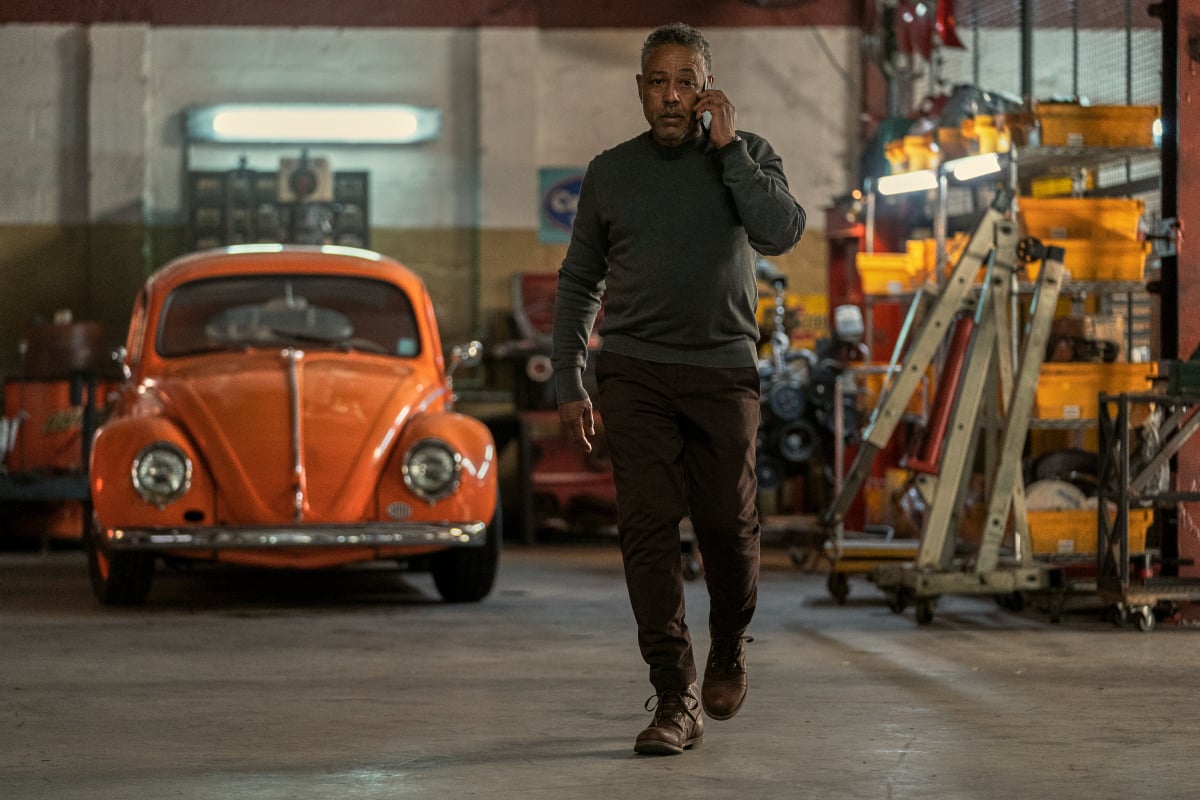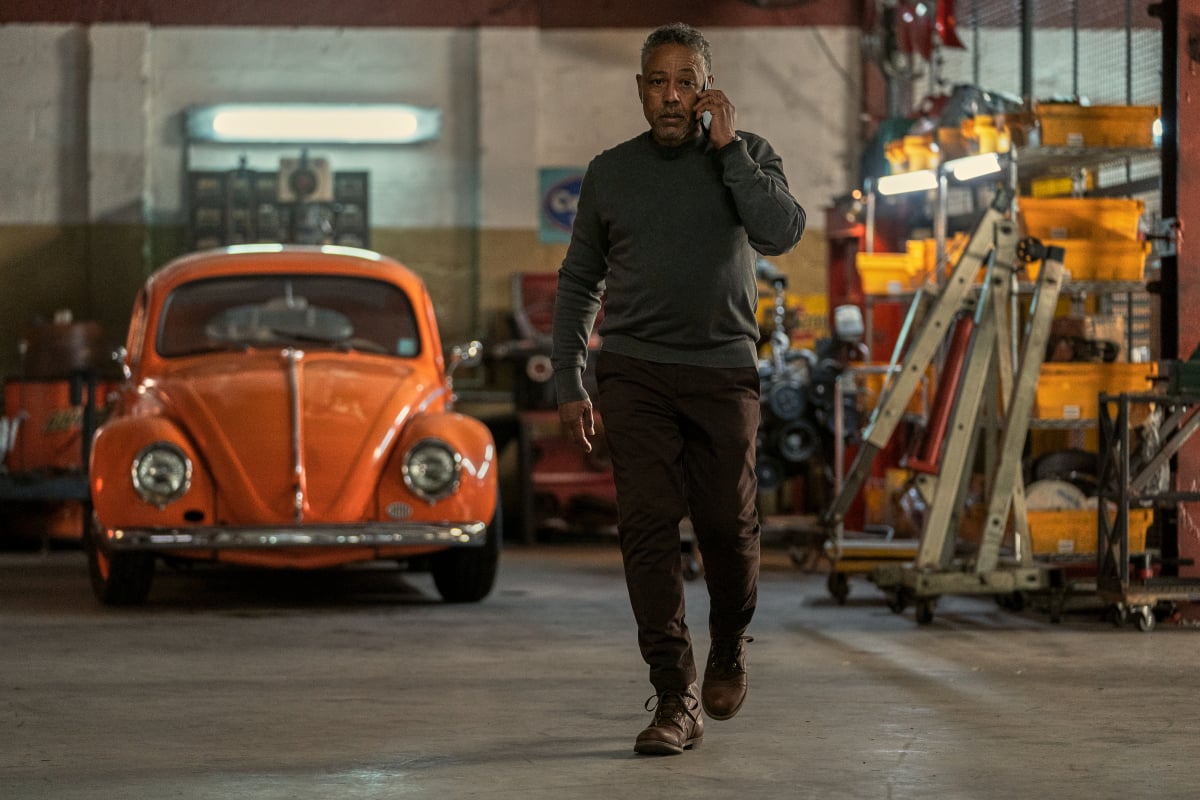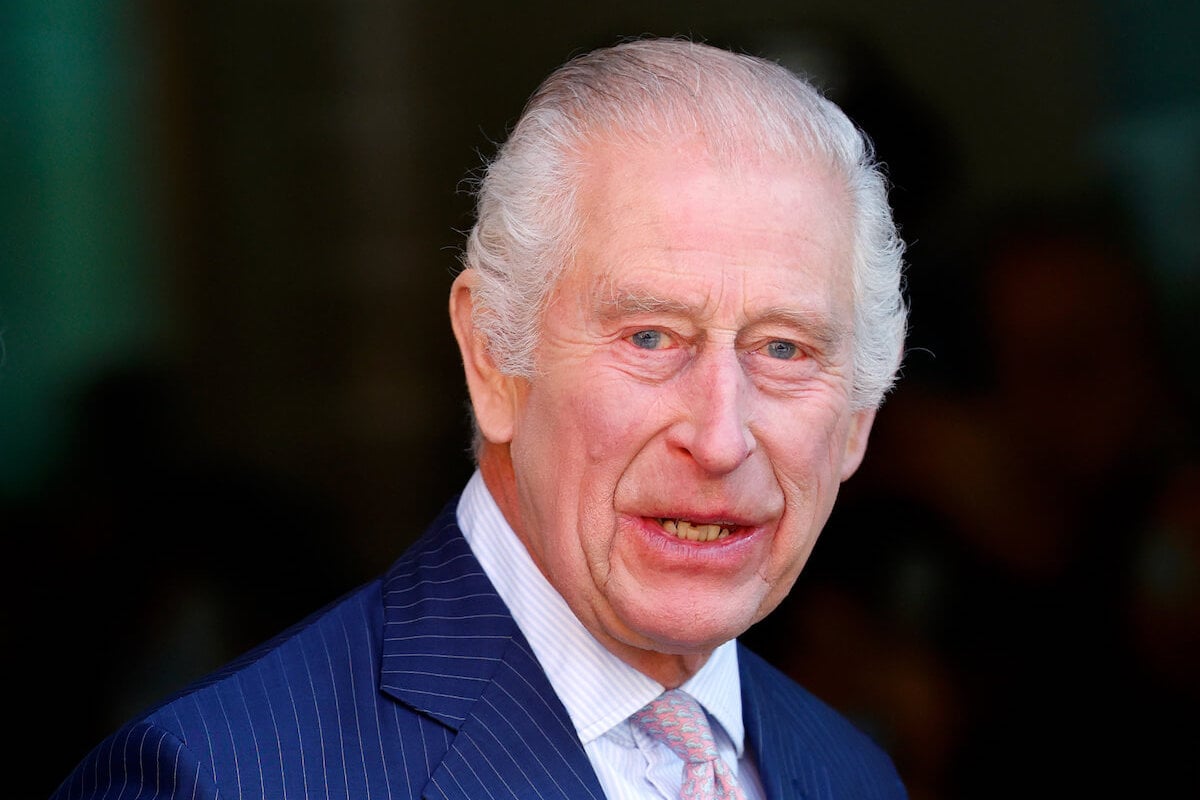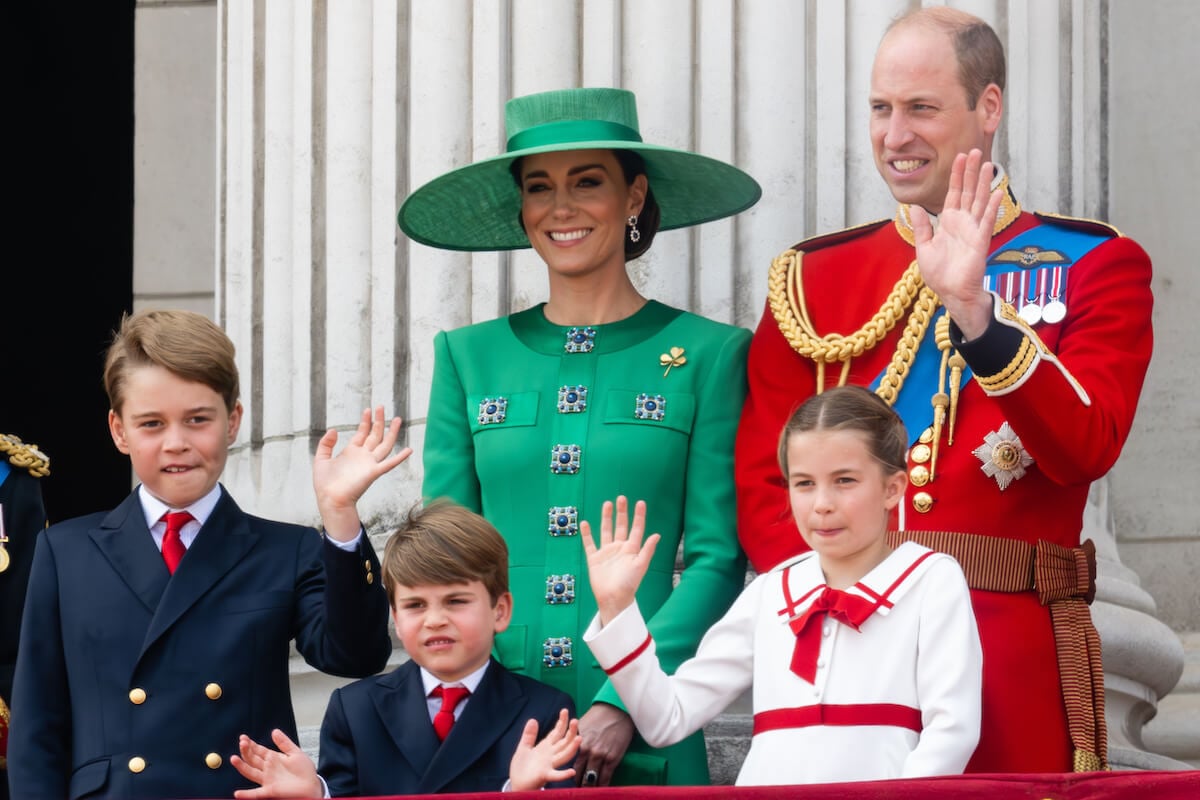
Exploring the Use of Color in Netflix’s ‘Kaleidoscope’
The Netflix series Kaleidoscope consists of eight episodes, each one named after a different color. The show follows Leo Pap and his crew of criminals as they prepare to infiltrate a seemingly unbreakable vault. Kaleidoscope is unique in that the episodes can be viewed in any order, but colors also play an important role in the experience.

The episodes of ‘Kaleidoscope’ are named after colors
Kaleidoscope is a non-linear streaming experience following an epic heist story over 25 years. Each episode of Kaleidoscope is named after a color, and the order viewers watch will change their perspective on how the events unfold. Here are the episode titles (in no particular order) and when they take place:
- “Yellow” — six weeks before the heist
- “Green” — seven years before the heist
- “Orange” — three weeks before the heist
- “Blue” — five days before the heist
- “Violet” — 24 years before the heist
- “Red” — the day after the heist
- “Pink” — six months later
- “White” — the heist
Colors point out significant items throughout ‘Kaleidoscope’
Naming the episodes of Kaleidoscope after colors might not seem especially significant. However, color plays an important role in the Netflix series. Based on each episode’s title, important objects appear in the color that the episode is named after.
For example, in the “Yellow” episode, Leo’s crew robs a shop in the Diamond District to secure seed money for their heist. The group uses yellows smoke as a cover during the robbery. Even more significant is the yellow flash drive Leo’s daughter Hannah steals from SLS.
In the “Violet” episode, Leo and Roger plan to steal jewelry from a Christmas charity auction. One of the most valuable pieces is a necklace inlaid with a large purple gemstone. Roger and Leo nab it, and Leo later plants the necklace in Roger’s vault to get revenge on his old ally.
The “Pink” episode includes an interesting easter egg. Bob hunts down Stan and Judy at a food truck by the beach, but as he rushes across the sand, he is shot down by the ATF. As Bob is dying, he imagines the sand in front of him turning pink.
Earlier in the timeline, Bob mentions posting up in the Bahamas. “F***ing pink sands as far as the eye can see,” he says. Bob himself wears a pink tracksuit throughout the “Pink” episode and uses pink earphones to communicate.
Color is used for aesthetics and may have symbolic meaning
Colors are also used for aesthetic purposes throughout the episodes of Kaleidoscope. For example, the “Green” episode is sprinkled with the title color. It opens with Leo whittling butterflies using green Irish Spring soap. Judy creates green lollipops laced with drugs, which she delivers to Stan to sell in prison. Stan and Leo wear green sweaters and stocking caps during their time as cellmates.
Brainpilot also breaks down the symbolic meaning of the colors and what they might mean for each episode of Kaleidoscope. Yellow is a color that represents happiness, hope, and optimism, and “Yellow” is one of the most positive episodes of the series.
Leo joyfully reunites with Stan and Ava and assembles a crew for the heist. The group is optimistic about their prospects, and they successfully rob the Diamond District to secure seed money. On the other hand, Red is a color that represents danger, and the crew is certainly dealing with danger in the “Red” episode, which takes place the morning after the heist.
What did you think of the use of color in Kaleidoscope? All episodes of Kaleidoscope are currently streaming on Netflix.



